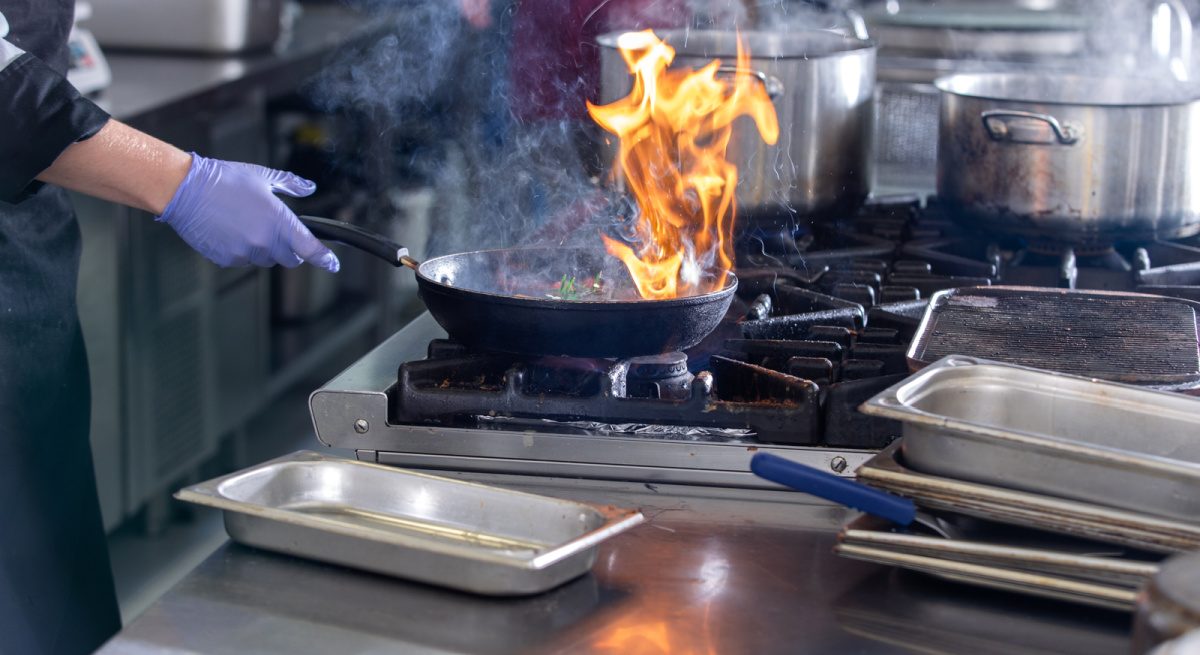Five Major Trends In Commercial Cooking Equipment
3 Min Read By Swamini Kulkarni
Over the past decade, the restaurant business has been changing with the innovations in cooking equipment and advent of ghost and cloud kitchen. These are the future of commercial cooking and the cooking equipment industry must be ready for it. According to Allied Market Research, the global commercial cooking equipment market is expected to reach $12.9 billion by 2027, growing at a CAGR of 5.2 percent from 2021 to 2027. Expansion of the food service industry, product innovations, and surge in number of quick service restaurants have boosted the growth of the market.
State of Current Commercial KitchensIf you are even remotely related to restaurant business, you know that the market is driven by technological innovations and surge in consumer demand for quick delivery. Thus, the companies in the cooking equipment market have invested a tremendous amount of money to launch the products that nobody even knew that they were needed. What’s more, after the launch of such…
Sorry, You've Reached Your Article Limit.
Register for free with our site to get unlimited articles.
Already registered? Sign in!


